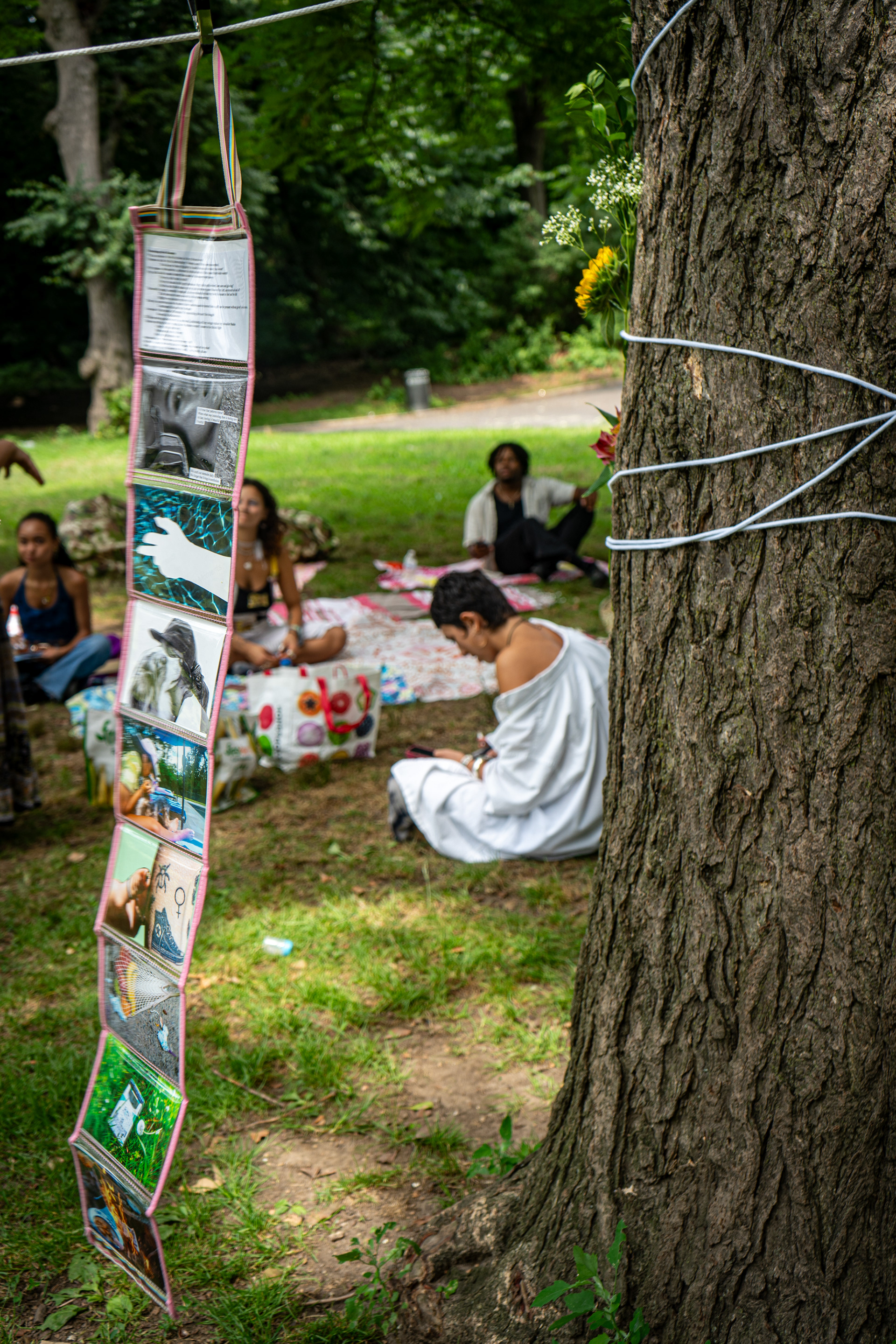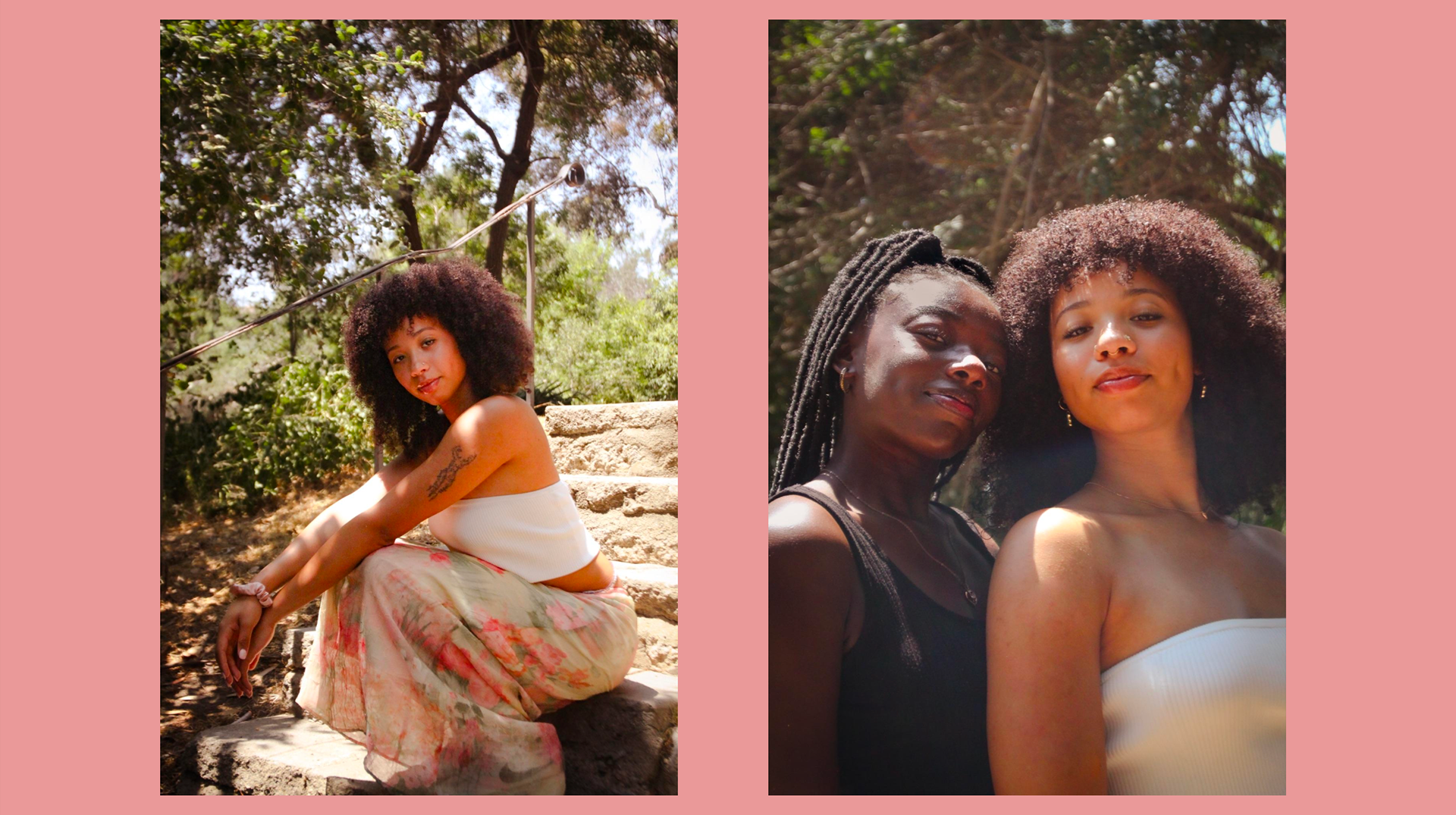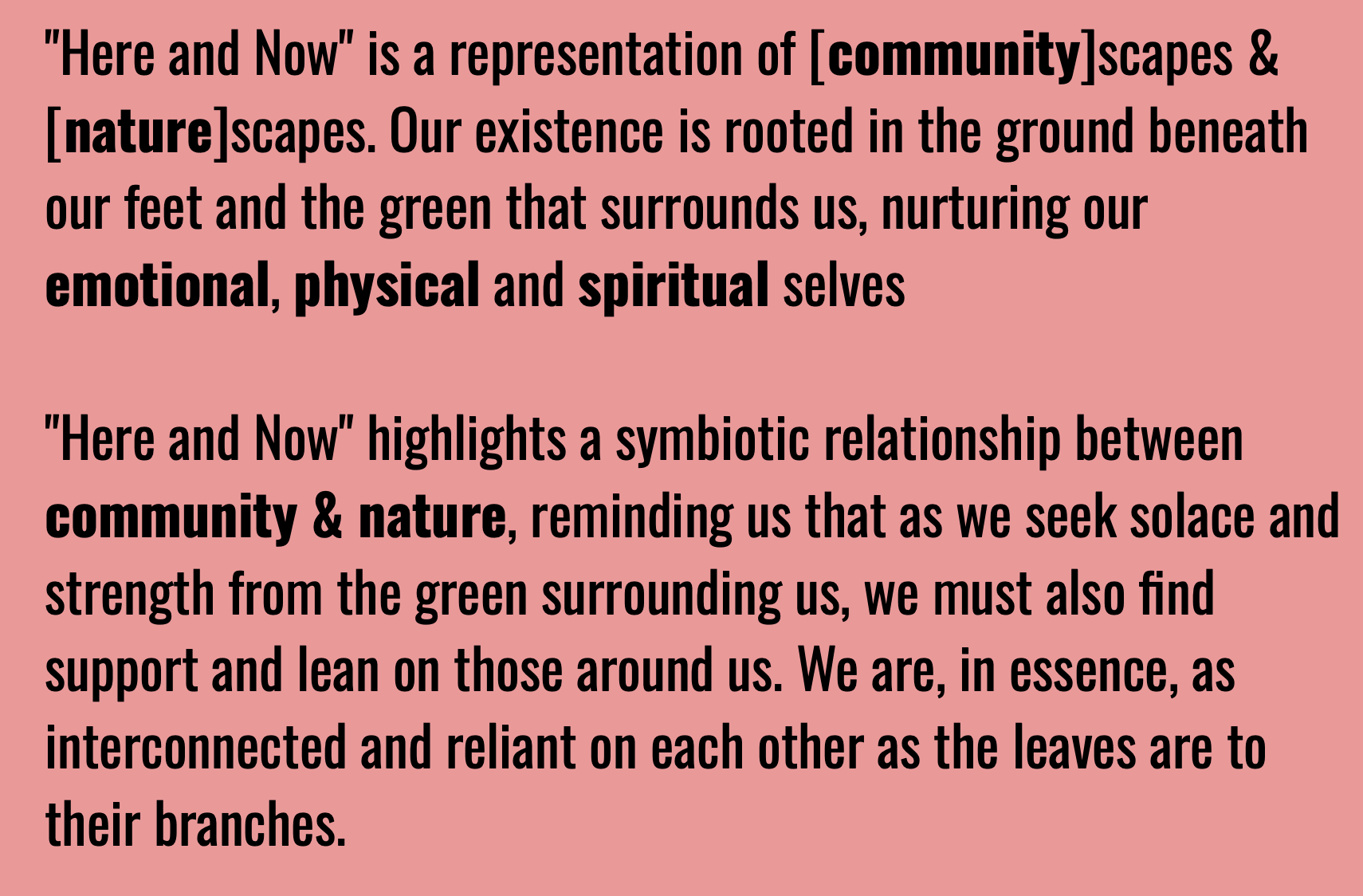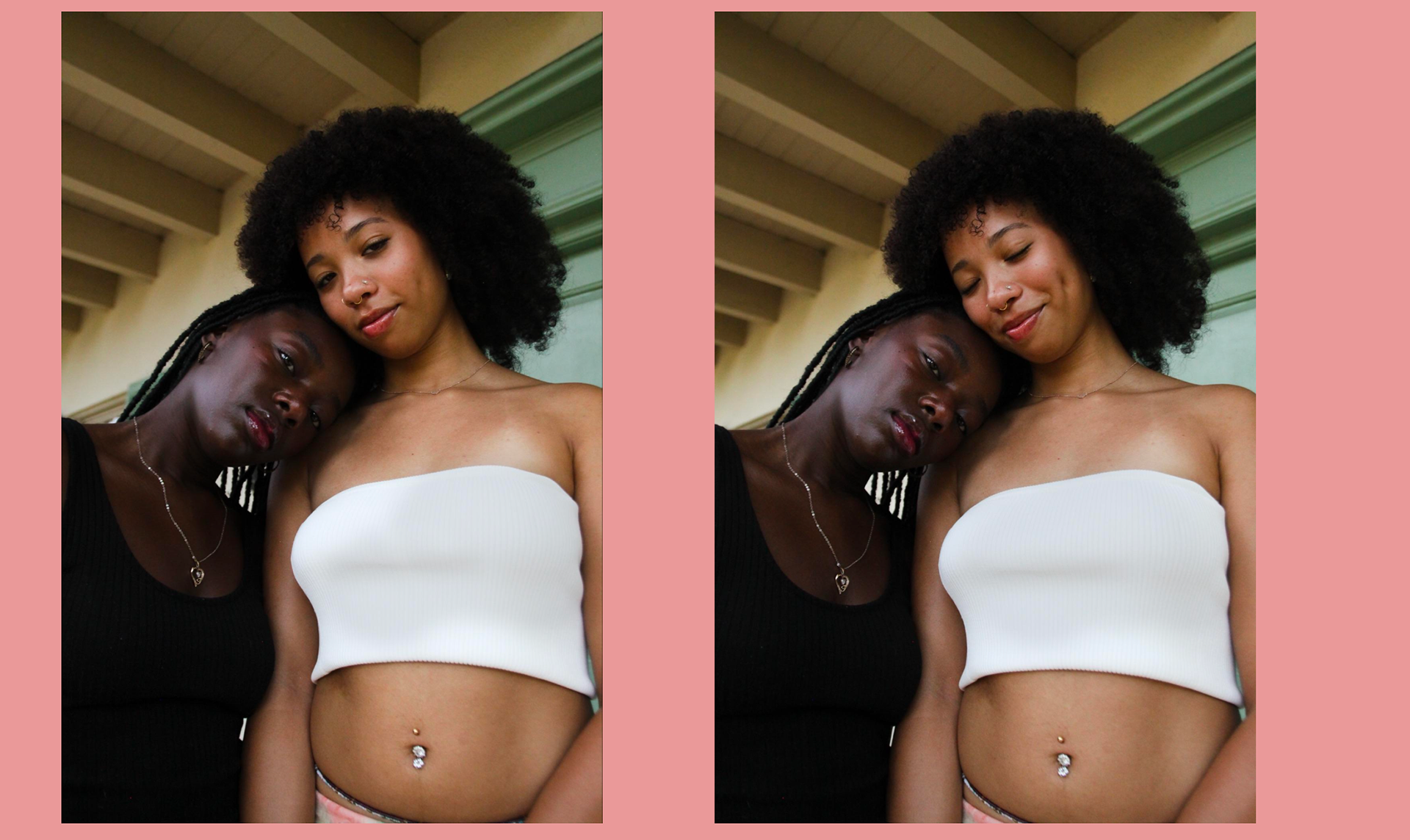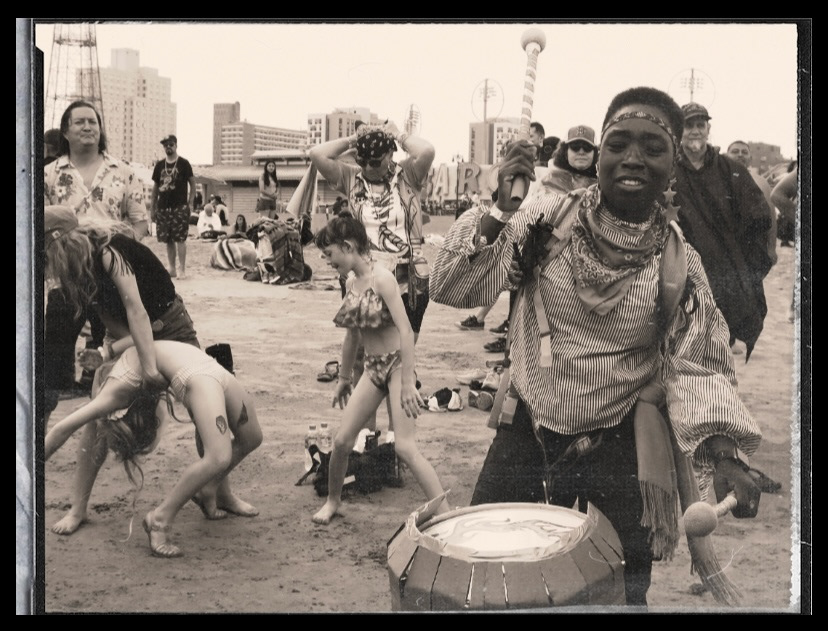
“Community Scape 2: Strangers vibing to the beat of the same drum." - Haley Watson, 2024

“Community Scape 1: Capturing a moment of humans coming together to embrace themselves and one another's individuality." - Haley Watson, 2024
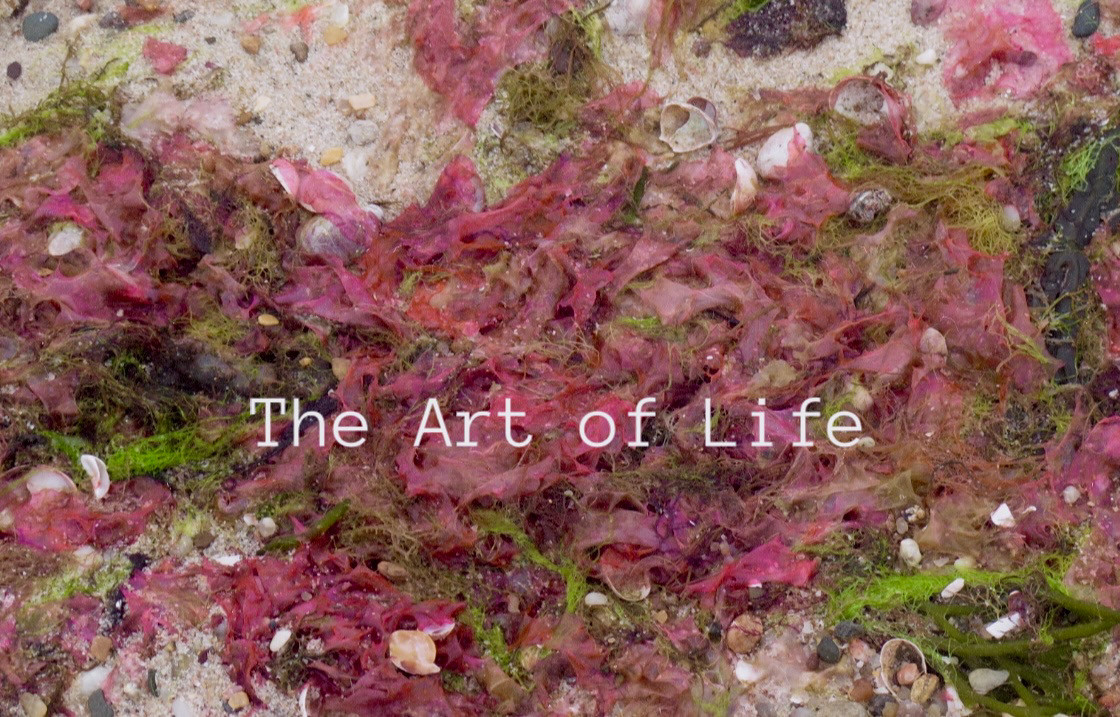
“The Art of Life: capturing nature's color palette." - Haley Watson, 2024
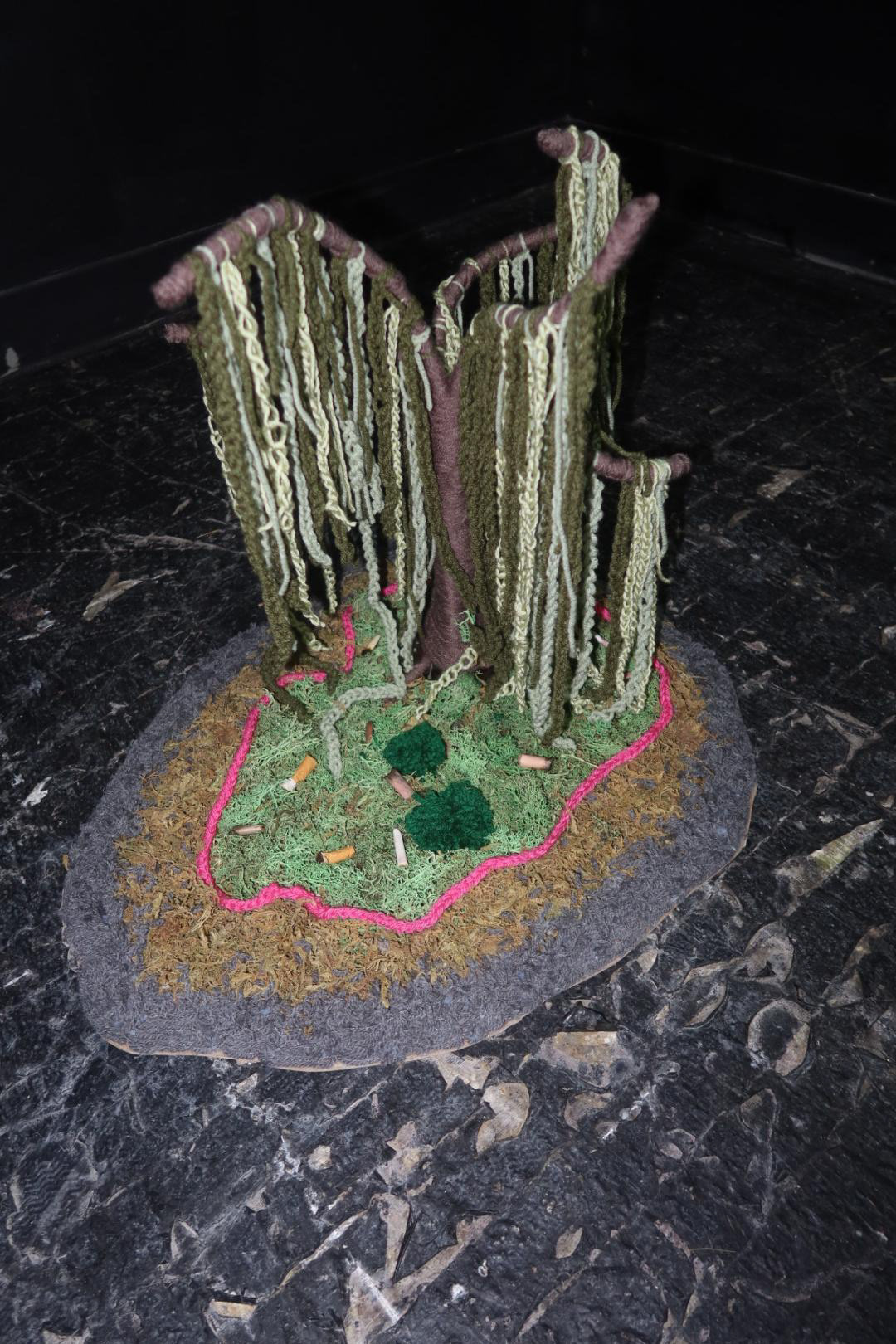
“Weepy Willows”- Dezi Emani, 2024

“Weepy Willows” - Dezi Emani, 2024 (view 2)
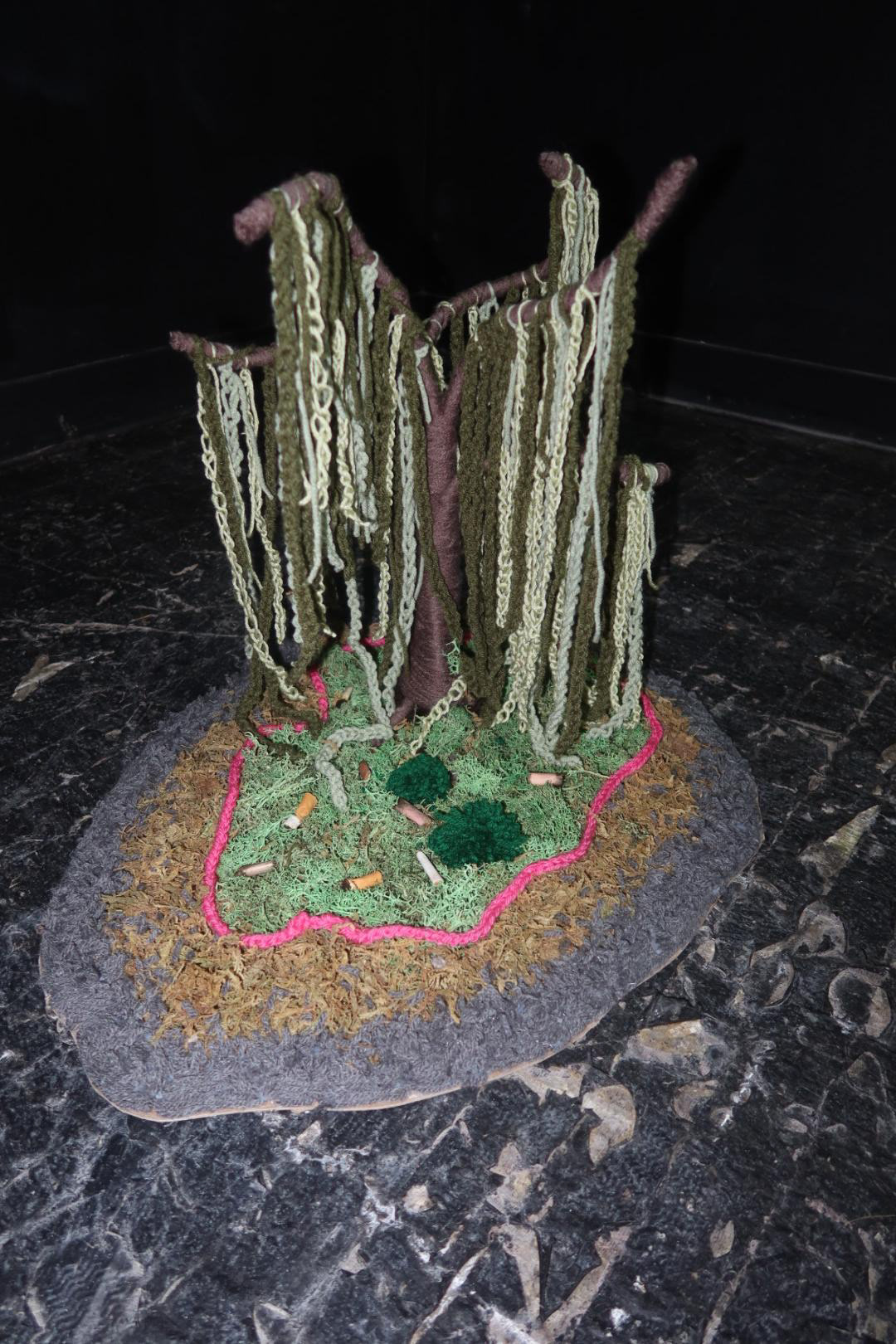
“Weepy Willows” view 3 - Dezi Emani, 2024 (view 3)
વ્હાલી (Vhali) Beloved - Raina Pahade, 2024
In વ્હાલી (Vhali) Beloved, Raina Pahade navigates the liminal spaces of gendered belonging within the South Asian diaspora through a critical lens informed by intersectional feminism. Drawing inspiration from the historical seclusion of women in zenanas, Raina reclaims and reinterprets these spaces as sites of empowerment and agency. Raina constructs a visual narrative that subverts colonial and patriarchal narratives of confinement and control through the strategic use of acrylic and oil paints in conjunction with traditional materials such as sari fabric and bindis from their mother, grandmother, and aunts. By situating themselves within this reimagination of all-female spaces, Raina invites viewers to reflect on the intersectionality of gender, ethnicity, and class, disrupting normative narratives and paving the way for new modes of representation and expression. Rethinking the zenana, they examine the sacredness of touch and adornment in all-female cultural spaces they have been placed in from their own life. Constructing their body (ies) from sourced sari fabric surrounded by a background inspired by the fluid forms of Agnes Pelton, they aim to capture the healing these supposedly gendered spaces offer as they rearticulate what femininity means to them
“Ardhanarishvara (the orange figure)” - Raina Pahade, 2024
Drawing inspiration from Ardhanarishvara, the Hindu deity embodying both male and female aspects, I find resonance in the ancient articulation of gender fluidity as something sacred and timeless. The name Ardhanarishvara means "the Lord who is half-woman" and symbolizes the union of the male and female aspects of the divine. While I don't identify as half male and half female, the symbolism of Ardhanarishvara resonates deeply with my journey of self-discovery as a non-binary individual. It serves as a reminder of the inherent diversity and complexity within each of us. Choosing the pose of the dancing Shiva, his male version, holds personal significance for me. As someone who does Bharatanatyam, the dance is very gendered and often made me very dysphoric. However, by reimagining and reclaiming this pose, I confront and transcend those feelings, transforming them into a source of empowerment and liberation. I invite viewers to contemplate the fluidity of identity, the limitations of societal constructs, and the profound beauty of embracing one's authentic self beyond the constraints of gender norms.
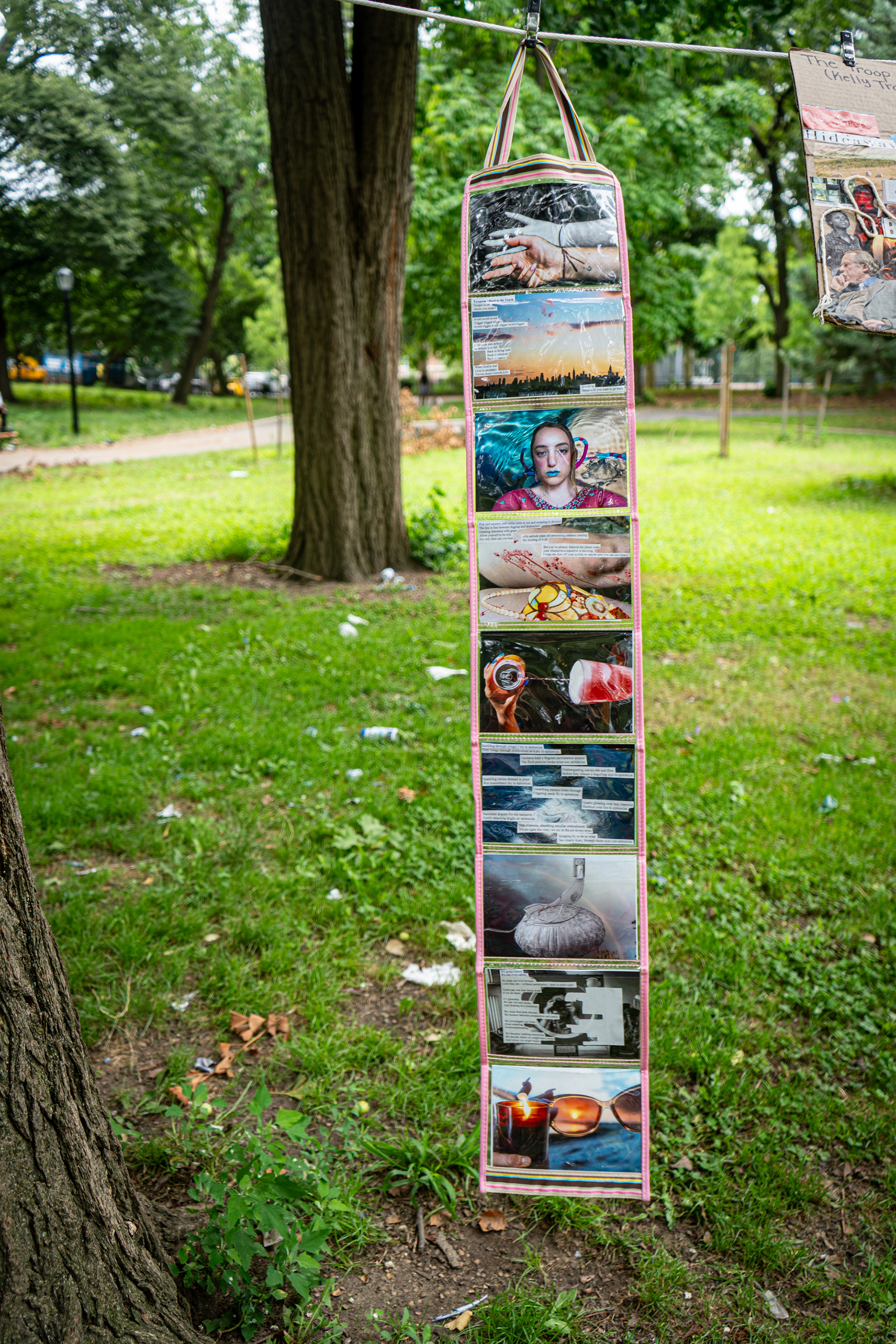

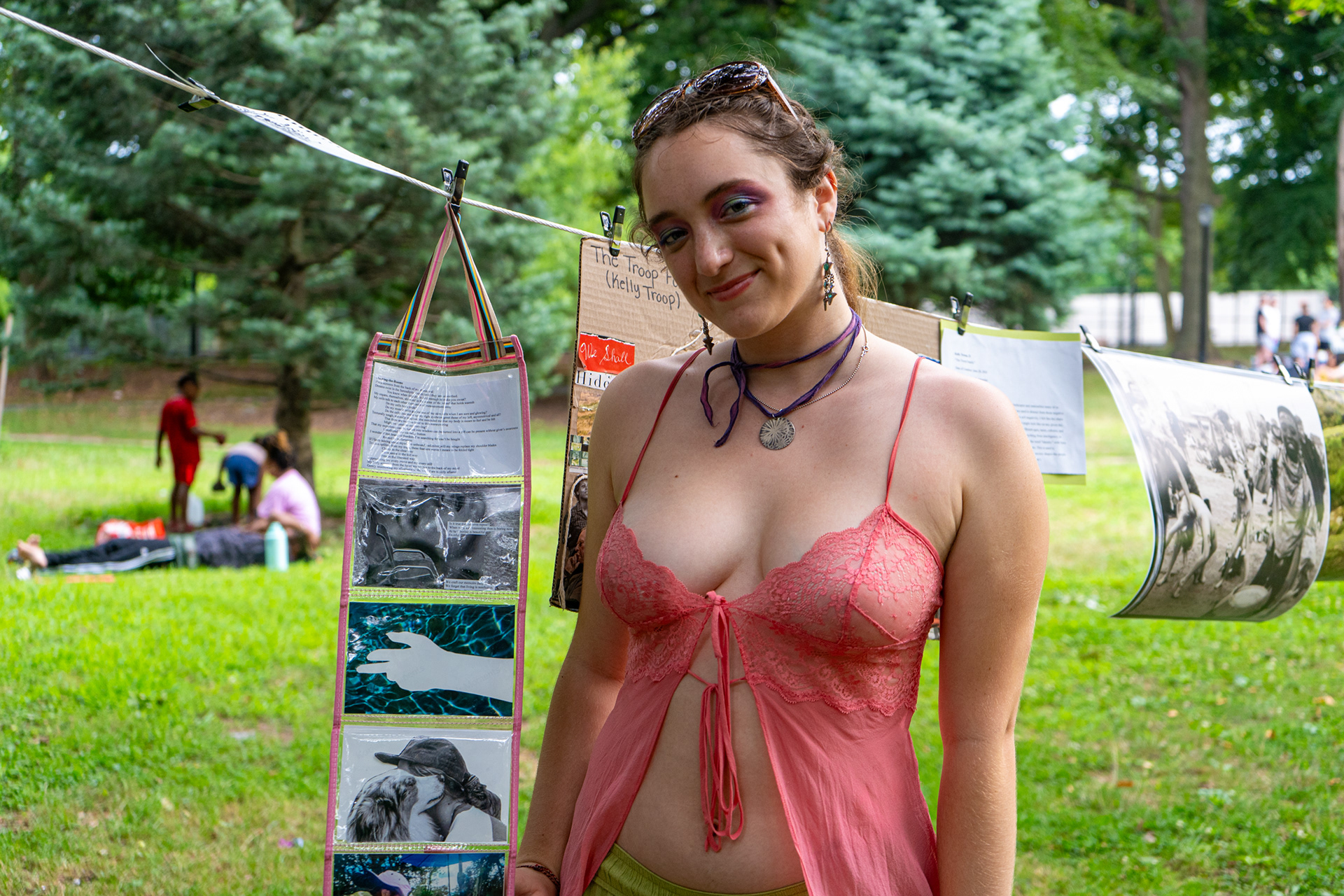
Kate with her piece
